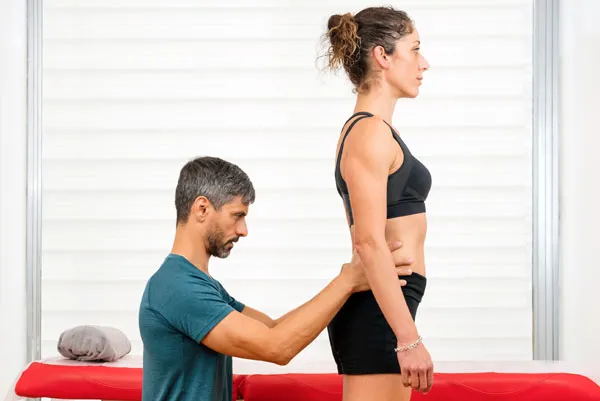You’ve invested thousands of dollars and years of your life to become a manual osteopath. What’s next? The
Four Paths to Kickstart Your Career as a Manual Osteopath


You’ve invested thousands of dollars and years of your life to become a manual osteopath. What’s next? The